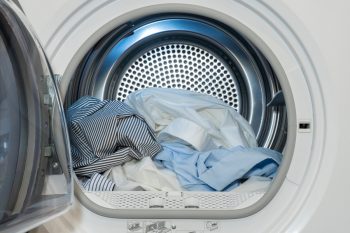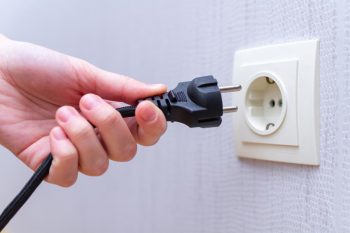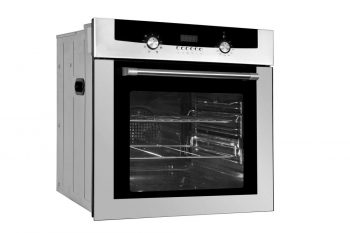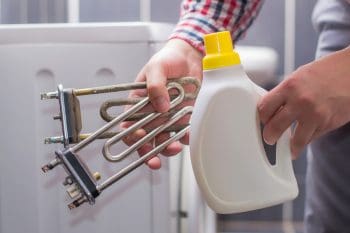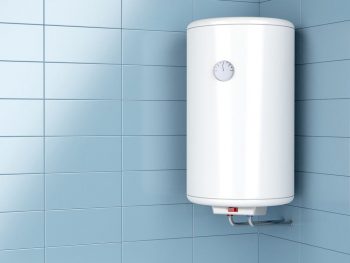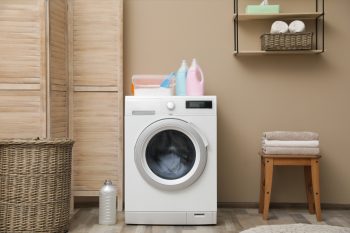
In the world of vacuum cleaners, KPA is a term that often comes up when discussing their specifications and performance. But what does KPA stand for in vacuum? And how does it affect the performance of a vacuum cleaner? In this comprehensive guide, we’ll delve into these questions and much more.
KPA in vacuum stands for “Kilopascal,” a unit of pressure used to measure the suction power of a vacuum cleaner. The higher the KPA rating, the more powerful the vacuum cleaner’s suction power, making it more efficient at cleaning up dirt, dust, and debris. However, other factors such as brush design, airflow, and filtration also contribute to the overall cleaning performance of a vacuum cleaner.
Understanding KPA
KPA stands for “Kilopascal,” a unit of pressure. In the context of vacuum cleaners, KPA is used to measure the suction power of the device. The higher the KPA rating, the more powerful the vacuum cleaner’s suction power, and the more efficient it will be at cleaning up dirt, dust, and debris.
A typical domestic vacuum cleaner may generate around 20 kPa of suction pressure. However, the KPA range for household vacuum cleaners typically varies between 1 kPa and 16 kPa. The ideal suction power depends on the specific cleaning needs and the type of debris to be picked up.
How KPA Affects the Performance of a Vacuum Cleaner
The performance of a vacuum cleaner is significantly affected by its suction power, which is determined by the KPA rating. A higher KPA rating indicates a more powerful suction, making the vacuum cleaner more efficient at picking up dirt, dust, and debris from various surfaces.
For instance, a vacuum cleaner with a KPA rating of 1 – 2 kPa is suitable for picking up dust, while a vacuum cleaner with a KPA rating of 5 – 9 kPa can effectively pick up hair along with dust particles. A vacuum cleaner with a KPA rating of 10 – 16 kPa is suitable for picking up dust, hairs, and food particles, while those with a KPA rating of 21 kPa and above are very powerful and can suck even ceramic fragments.
However, a higher KPA may also mean louder noise levels, heavier weight, and potentially higher price points. So, it’s essential to consider your specific cleaning needs and preferences when choosing a vacuum cleaner with the appropriate KPA rating.
Common Misconceptions About KPA in Vacuums
There are several misconceptions about KPA in vacuum cleaners. One common misconception is that a higher KPA means better cleaning performance. While a higher KPA indicates stronger suction, other factors, such as brush design, airflow, and filtration, also play a significant role in the overall cleaning performance.
Another misconception is that KPA is the only important measurement for vacuum cleaners. However, other units, such as Air Watts (AW) and cubic feet per minute (CFM), are also used to measure a vacuum’s performance. Each of these measurements provides different information about the vacuum’s capabilities, and it’s essential to consider all of them when evaluating a vacuum cleaner.
Adjusting the KPA of a Vacuum Cleaner
Some vacuum cleaners allow you to adjust the KPA, which can impact its performance on different surfaces and the level of dirt and debris it can effectively remove. However, adjusting the KPA can also result in louder noise levels, heavier weight, and potentially higher price points. Therefore, it’s essential to consider the specific cleaning needs and requirements when adjusting the KPA of a vacuum cleaner.
In conclusion, KPA is a crucial metric to consider when evaluating the performance and efficiency of a vacuum cleaner. By understanding what KPA stands for and how it affects a vacuum cleaner’s performance, you can make a more informed decision when choosing the right vacuum cleaner for your needs.
Frequently Asked Questions
What is the ideal KPA for a vacuum cleaner used in a household setting?
The ideal KPA for a vacuum cleaner used in a household setting can vary based on the specific cleaning needs. However, a typical domestic vacuum cleaner may generate around 20 kPa of suction pressure. The KPA range for household vacuum cleaners typically varies between 1 kPa and 16 kPa.
Can a vacuum cleaner with a higher KPA pick up larger debris?
Yes, a vacuum cleaner with a higher KPA has stronger suction, which makes it more efficient at picking up larger debris. For instance, a vacuum cleaner with a KPA rating of 21 kPa and above can even suck up ceramic fragments.
Do all vacuum cleaners allow you to adjust the KPA?
Not all vacuum cleaners allow you to adjust the KPA. This feature is more commonly found in higher-end models.
Are there any downsides to a vacuum cleaner with a higher KPA?
While a higher KPA indicates stronger suction and potentially better cleaning performance, it may also mean louder noise levels, heavier weight, and potentially higher price points. Therefore, it’s essential to consider these factors when choosing a vacuum cleaner with a higher KPA.
What other units are used to measure a vacuum’s performance?
Other than KPA, units such as Air Watts (AW) and cubic feet per minute (CFM) are also used to measure a vacuum’s performance. These measurements provide different information about the vacuum’s capabilities, making it essential to consider all of them when evaluating a vacuum cleaner.

